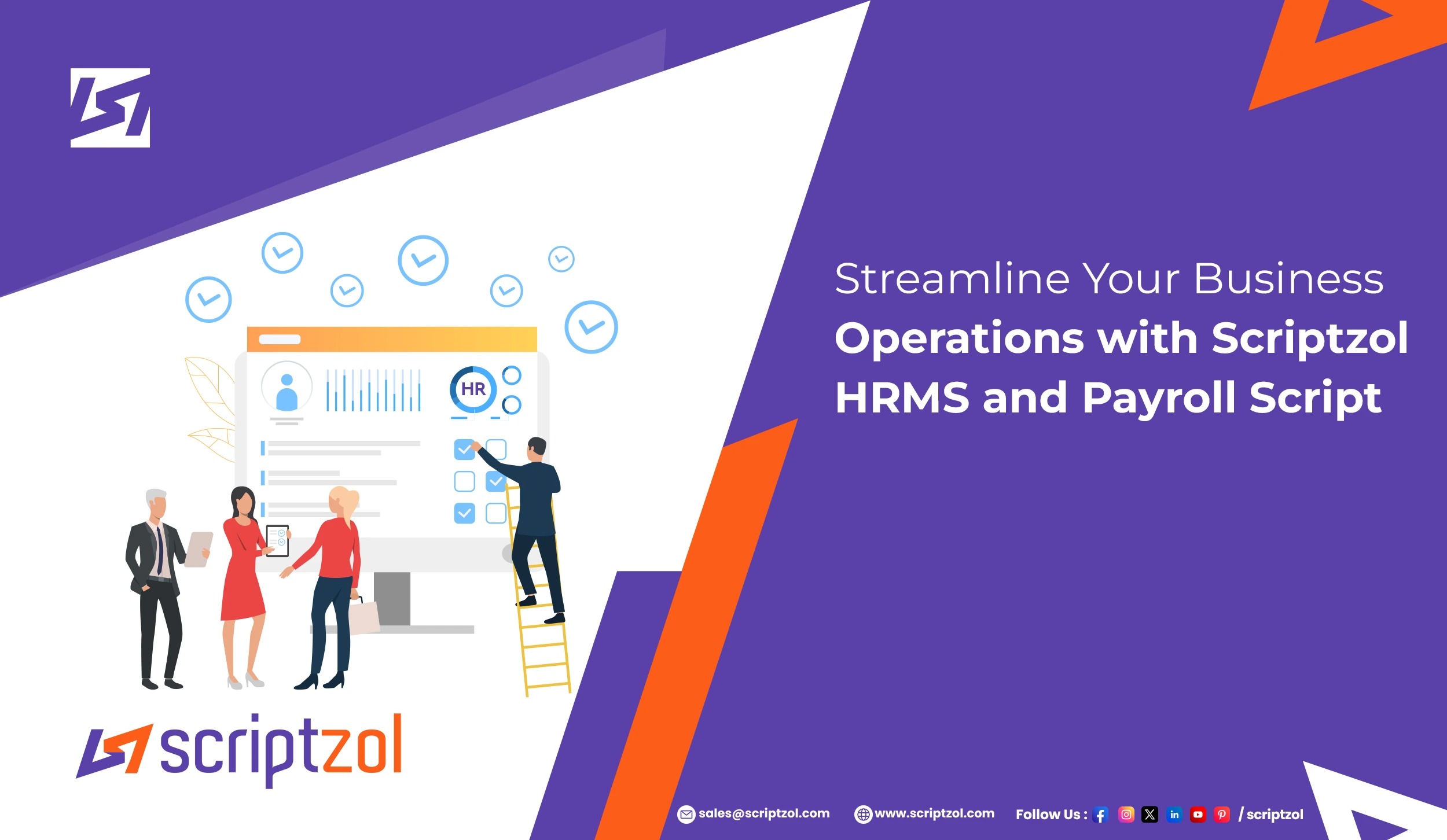In today’s digital-first world, having a mobile app that works seamlessly on both Android and iOS platforms isn’t a luxury—it’s a necessity. Whether you’re a startup or an enterprise-level business, building cross-platform applications can significantly expand your reach, reduce time-to-market, and optimize development costs.
As a top-tier mobile application development agency, Pixel Genesys is here to guide you through the process of building efficient, scalable apps for both platforms.
In this detailed guide, we’ll walk you through everything you need to know to build apps for Android and iOS, from planning and choosing the right framework to understanding the cost implications and best practices.
Why Build for Both Android and iOS?
If you’re planning to build a mobile app, it’s essential to understand the scope and audience on each platform:
- Android dominates the global market with nearly 71% of mobile users.
- iOS leads in terms of monetization, security, and loyalty—particularly in the U.S., Canada, and Europe.
By building apps that work on both platforms, you maximize user engagement, reduce development silos, and improve your ROI.
Android vs. iOS Development: A Brief Overview
Before diving into how to build for both, let’s look at the differences between Android and iOS development:
| Factor | Android | iOS |
|---|---|---|
| Language | Java/Kotlin | Swift/Objective-C |
| IDE | Android Studio | Xcode |
| App Store | Google Play Store | Apple App Store |
| Review Process | Less stringent | Strict review guidelines |
| Device Diversity | High (many manufacturers) | Limited (Apple devices only) |
| Monetization | More ad-driven | More in-app purchases and subscriptions |
Understanding these differences helps in choosing the right tools and strategies for building cross-platform mobile applications.
Key Approaches to Building for Both Platforms
1. Native Development (Separate Codebases)
Native development means building two separate apps—one in Kotlin/Java for Android and another in Swift for iOS. This provides the best performance and user experience, but it comes at a higher cost and longer development time.
✅ Best for apps requiring advanced native features and high performance.
2. Cross-Platform Development (Single Codebase)
Cross-platform frameworks allow you to build one app that runs on both platforms. This is cost-effective and faster to develop.
Popular frameworks include:
- Flutter (by Google)
- React Native (by Meta)
- Xamarin
- Ionic
- Apache Cordova
✅ Ideal for MVPs, startups, and enterprise apps that don’t need highly custom native features.
For detailed pricing information, check out How Much Does Hybrid App Development Cost to better understand your budget expectations.
Choosing the Right Development Approach
Here’s how you can decide between native and cross-platform development:
| Criteria | Choose Native | Choose Cross-Platform |
|---|---|---|
| Performance-critical app | ✅ | ❌ |
| Faster time-to-market | ❌ | ✅ |
| Budget constraints | ❌ | ✅ |
| Custom animations/AR/VR | ✅ | ❌ |
| Consistent UX/UI across platforms | ✅ | ✅ (with effort) |
Step-by-Step Guide to Build Apps for Android and iOS
Step 1: Define the Goal and Requirements
- What problem is your app solving?
- Who is your target audience?
- What core features are necessary at launch?
- Are there unique platform-specific features you need?
This phase includes user research, competitor analysis, and setting project goals.
Step 2: Choose Your Tech Stack
The tech stack will depend on the development approach:
For Native:
- Android: Kotlin or Java, Android SDK, Android Studio
- iOS: Swift, Xcode, CocoaPods
For Cross-Platform:
- Flutter: Dart, Visual Studio Code/Android Studio
- React Native: JavaScript/TypeScript, Node.js, React libraries
Need help deciding which is right for you? A mobile application development agency like Pixel Genesys can help you assess your product requirements and choose the best approach.
Step 3: Design UI/UX
Designing your app’s interface is a critical step, especially when targeting both platforms. You must consider:
- Material Design Guidelines for Android
- Human Interface Guidelines for iOS
Use tools like:
- Figma
- Sketch
- Adobe XD
While the UI should be consistent, subtle platform-specific variations (like navigation styles or gestures) should be included to improve user comfort.
Step 4: Begin Development
Now that the groundwork is laid, it’s time to start coding:
- Set up project repositories (GitHub/GitLab)
- Configure CI/CD pipelines
- Use modular code structures to make updates easier
For hybrid apps, you’ll write the majority of code once and then customize small platform-specific sections.
Looking to understand the cost before diving in? Visit How Much Does It Cost to Make an App for an in-depth breakdown of development pricing in 2025.
Step 5: Backend Development & API Integration
Your app will likely need a backend to:
- Store user data
- Authenticate users
- Push notifications
- Handle business logic
Common backend stacks include:
- Node.js + Express
- Django + Python
- Laravel + PHP
- Firebase (for serverless architecture)
Use RESTful or GraphQL APIs to connect your frontend with the backend. Don’t forget to prioritize API security through encryption and secure authentication.
Step 6: Testing on Both Platforms
Testing is essential for ensuring your app functions well across both platforms and device variations.
Testing Categories:
- Unit Testing
- Integration Testing
- UI Testing
- Beta Testing
Use tools like:
- Appium
- JUnit (Android)
- XCTest (iOS)
- Firebase Test Lab
- TestFlight (for iOS beta releases)
Step 7: Deployment
Once your app is thoroughly tested, it’s time to publish:
Android
- Sign APK/AAB files
- Upload to Google Play Console
- Complete app listing (description, screenshots, tags)
- Wait for review and approval
iOS
- Use Xcode to archive and submit
- Upload via App Store Connect
- Meet all Apple App Store Guidelines
- Approval can take 1–3 days (or longer if rejected)
Step 8: Post-Launch Support & Maintenance
An app is never truly “finished.” After launching, you’ll need to:
- Monitor crash reports
- Collect user feedback
- Release updates and patches
- Add new features based on usage data
Working with a seasoned mobile application development agency like Pixel Genesys ensures continuous support and a smooth update cycle.
Understanding the Cost of Building for Both Platforms
App development costs vary widely depending on complexity, features, team size, and tech stack.
Here’s a ballpark estimate for building apps for both Android and iOS:
| App Type | Estimated Cost Range (USD) |
|---|---|
| Simple App (MVP) | $15,000 – $40,000 |
| Medium Complexity App | $40,000 – $80,000 |
| Complex App with Backend | $80,000 – $150,000+ |
Want to build an app like Uber? Visit our detailed article on the Cost to Build an App like Uber to understand the pricing behind large-scale apps with GPS, payment, and multi-role systems.
Expert Tips for Success
- Don’t Skip Wireframing: Early visual mockups save hours later.
- Follow App Store Guidelines: Avoid rejections by aligning early.
- Build an MVP First: Launch faster, validate early, iterate quickly.
- Invest in Analytics: Tools like Firebase or Mixpanel help track user behavior.
- Plan for Marketing: App success is 50% development and 50% promotion.
Final Thoughts
Building apps for both Android and iOS is a strategic move that can maximize your product’s visibility and profitability. By understanding your audience, selecting the right technology, and working with an expert mobile application development agency like Pixel Genesys, you’ll ensure that your app is built to scale, perform, and succeed in 2025 and beyond.
Whether you’re building your first app or scaling an existing product, remember:
- Choose the right tech stack
- Understand platform differences
- Know your budget
- Test rigorously
- Launch with confidence
To take your mobile idea from concept to reality, explore more guides like:
- How to Make an iOS App
- How Much Does Hybrid App Development Cost
- How Much Does It Cost to Make an App
- Cost to Build an App like Uber



